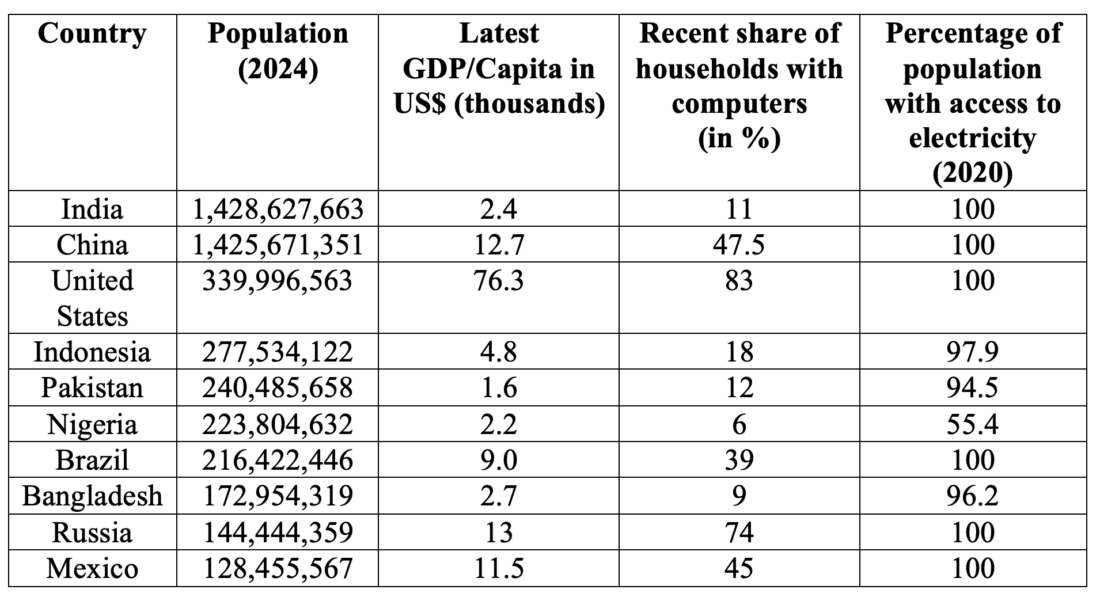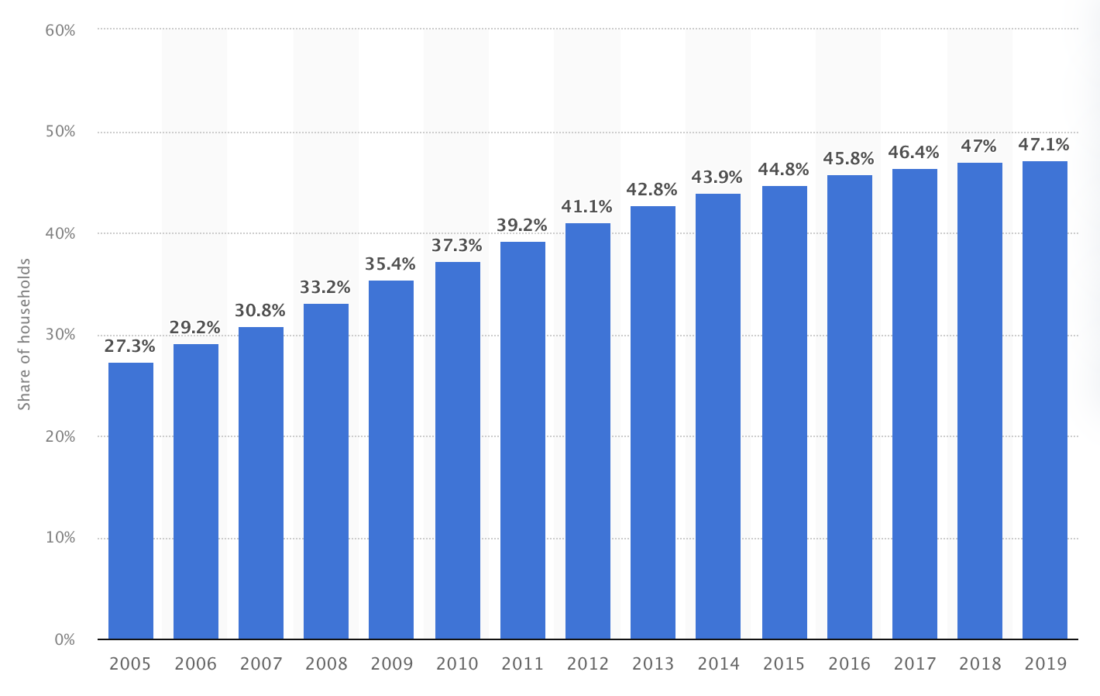A recent description of a decision made by Spanish police caught my attention (An Algorithm Told Police She Was Safe. Then Her Husband Killed Her. – The New York Times):
Ms. Hemid’s husband of more than a decade, Bouthaer el Banaisati, regularly punched and kicked her, she later told the police. He also called her a “whore,” “disgusting” and “worthless,” according to the police report.
Before Ms. Hemid left the station that night, the police had to determine if she was in danger of being attacked again and needed support. A police officer clicked through 35 yes or no questions — Was a weapon used? Were there economic problems? Has the aggressor shown controlling behaviors? — to feed into an algorithm called VioGén that would help generate an answer.
VioGén produced a score:
low risk
Lobna Hemid
2022 MadridThe police accepted the software’s judgment and Ms. Hemid went home with no further protection. Mr. el Banaisati, who was imprisoned that night, was released the next day. Seven weeks later, he fatally stabbed Ms. Hemid several times in the chest and abdomen before killing himself. She was 32 years old.
This is a disastrous single-case example. Let’s go to the basics to examine if this case foreshadows the global future.
What is algorithmic decision-making? Below is Google’s AI answer:
Algorithmic decision-making (ADM) is the use of computational methods to allow machines to automatically make decisions or complete tasks. ADM systems, also known as algorithmic decision systems (ADS), analyze large amounts of data to find correlations or other information that can be used to make decisions. The data can come from a variety of sources, including databases, text, social media, images, sensors, or speech.
A more detailed description can be found on Wikipedia, starting with the following paragraph:
Automated decision-making (ADM) involves the use of data, machines and algorithms to make decisions in a range of contexts, including public administration, business, health, education, law, employment, transport, media and entertainment, with varying degrees of human oversight or intervention. ADM involves large-scale data from a range of sources, such as databases, text, social media, sensors, images or speech, that is processed using various technologies including computer software, algorithms, machine learning, natural language processing, artificial intelligence, augmented intelligence and robotics. The increasing use of automated decision-making systems (ADMS) across a range of contexts presents many benefits and challenges to human society requiring consideration of the technical, legal, ethical, societal, educational, economic and health consequences.[1][2][3]
I have recently started using AI in blogs and occasionally I also used AI in class to give assignments to my students to explore some big existential questions. The present shortcomings of relying on AI for decision-making are being widely discussed and I am sure that conversation will continue. The example that starts this blog, of using AI for police work, is an extreme example with a deadly consequence. However, progress in AI and ADM is rapid and one can see benefits in many computerized decision-making situations. They could shift government regulations and law-and-order decisions, moving away from individual subjectivities and political orientations to apply laws uniformly based on the most detailed information possible. Going back to the Spanish example that started this blog, the main problem that I see is that the police interview was not detailed enough, and the statistical background on which the ADM should have been based, not extensive enough. Work is being done by companies that are employing tremendous resources to try to improve the system. Not surprisingly, these efforts are concentrated in the rich countries.
Converting society to ADM requires extensive global digitization. The question is, are we ready?
A subway ride in my city (NY) can convince most that in developed countries, almost every household owns and uses a computer of one sort or another (yes, an iPhone counts as a computer). The exact number in the US is given in Table 1. In developing countries, the technological penetration is a bit slower. Unsurprisingly, computers have a hard time penetrating households that don’t have electricity. One of my blogs earlier this year (April 16, 2024) discussed electricity penetration in the 10 most populated countries. Table 1 is taken from that blog and modified to include the recent share of households with computers. Data for this column were taken from the World Bank.

The overall picture in developing countries is shown in Figure 1.

Figure 1 – Percentage of households with home computers in developing countries (Source: Statista)
The recent developments of AI and robotics all depend on the penetration of digitization into almost all aspects of life. The beginning of this global shift can be traced to the invention of the transistor in 1948. All of this took place in one decent human lifetime (I was born in 1939).
All signs point to this being just the beginning of the digital transition. A recent article in the New York Times describes some of the changes that digitization produced in India through the eyes of a truck driver. It points out that “The gap between India’s state of infrastructure and that of other large Asian economies remains significant” but looks at some of the progress that is underway.
I will return to this issue in future blogs.

Global digitization is transforming every sector, driving efficiency and innovation. The integration of digital technologies is reshaping the future of global commerce and communication.